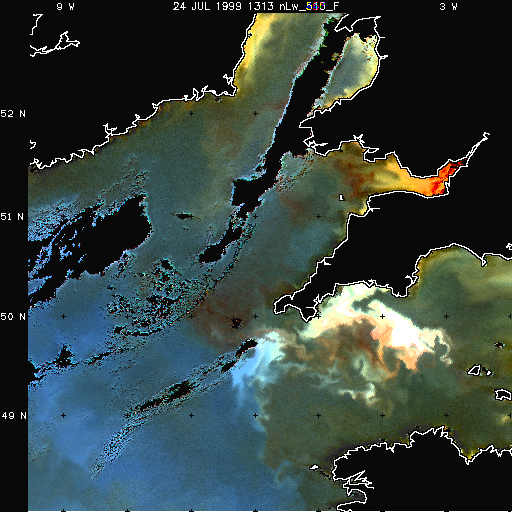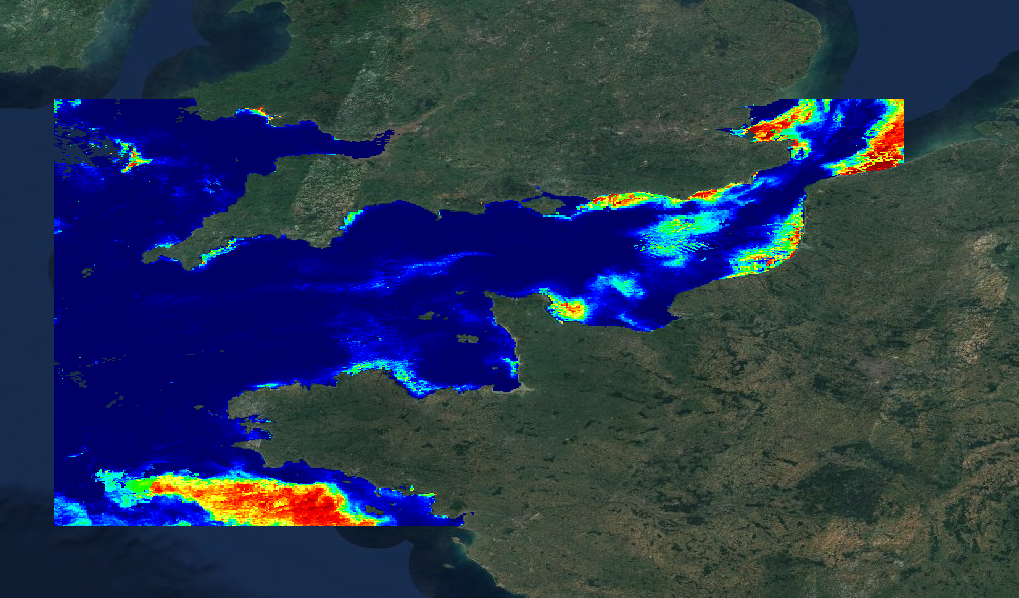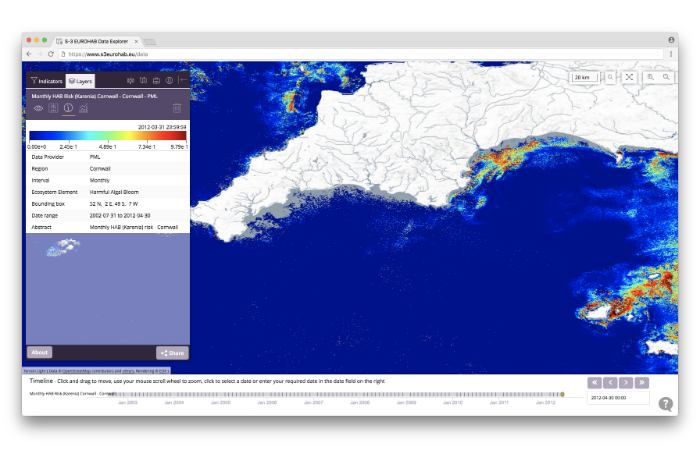About The Project
S-3 EUROHAB will develop a web based Harmful Algal Bloom and Water Quality alert system that uses satellite data to improve the ways in which these parameters / phenomena are monitored. The system is being designed by scientists in collaboration with stakeholders, in particular marine managers and shellfishery end users.
The S-3 EUROHAB project will use data from the recently launched European satellite, Copernicus Sentinel 3, to track the biomass and spread of HABs in the Channel. In addition, the system will also be used to monitor water quality. The satellite data will then be used to create a web based alert system, the first of its kind in Europe, to alert marine managers and fishing industries of the growth of potentially damaging algal blooms. Data will also be gathered to help better understand why, how and when HABs occur as well as the economic costs associated with HABs and poor water quality and how the web based alert system may reduce these costs.
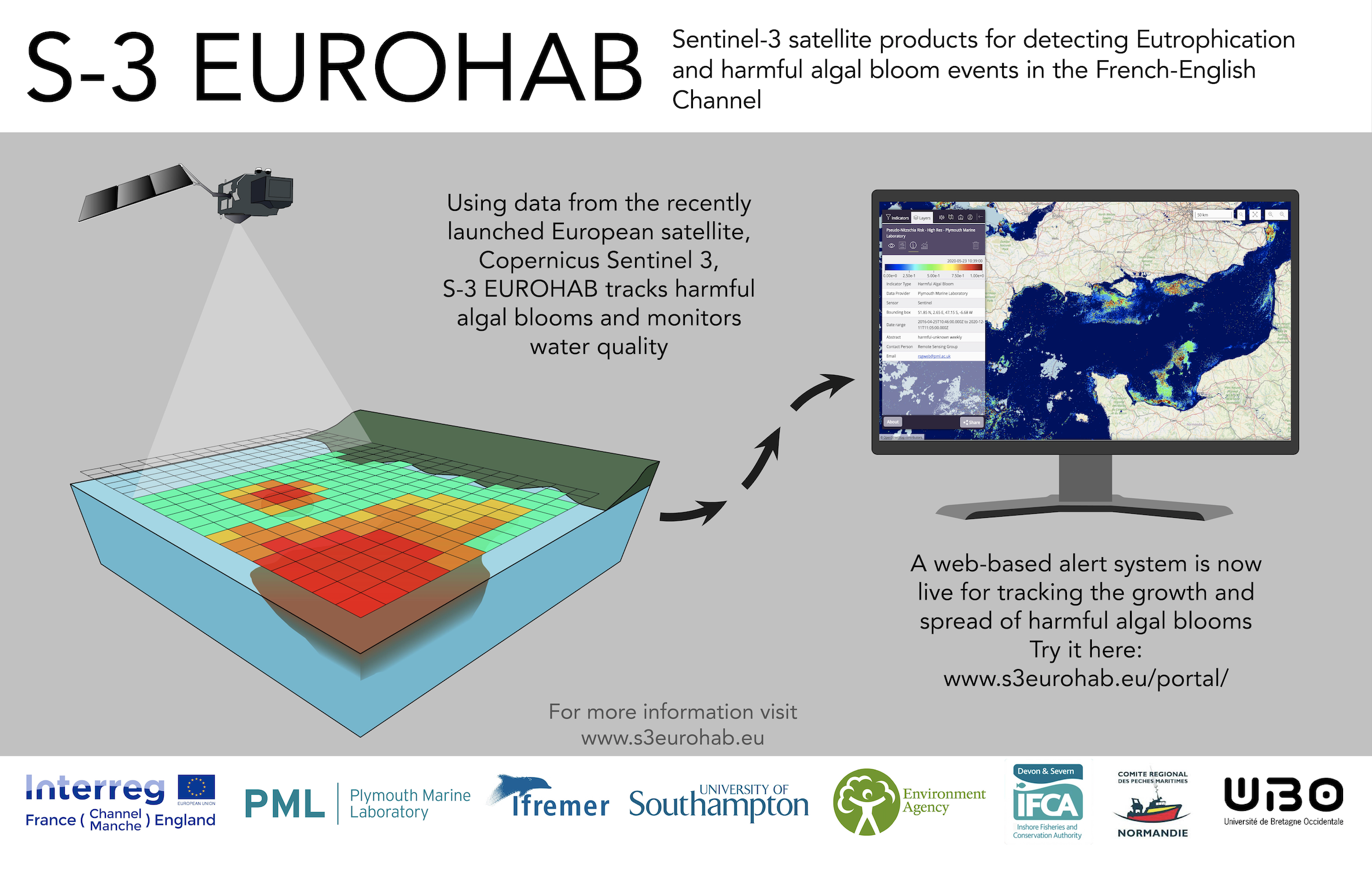
Background
A example satellite image showing an algal bloom off the Devon and Cornwall coast
Harmful Algal Blooms (HABs) are caused by excessive growth of marine algae which release harmful toxins into the water that can kill fish, shellfish and even humans when they consume contaminated fish. As a result they can have an extremely damaging effect on the tourism and fishing industries. In the EU, the annual cost of HABs to these industries is estimated to be in excess of 918 million euros. Poor water quality can also affect our coastal regions, which can adversely affect a number of maritime industries. For example, eutrophication is the anthropogenic enrichment of water by nutrients causing accelerated growth of algae and a deterioration in water quality.
Current methods of tracking HABs are expensive, costing 2 million euros annually to monitor just 6% of the Channel area. S-3 EUROHAB’s methods will not only cost significantly less, but will also cover the whole Channel area. The alert system will also result in much faster response times to HABs, potentially helping to mitigate the blooms which will help to reduce the millions of pounds lost each year as a result of HABs in both France and the UK. Improvements to existing methods will be made using satellite ocean colour data and in particular the application of the latest technological advancement in, and recent launch of, the European Copernicus Satellites. The project will use these satellite data to create a web based HAB and water quality alert system that will be designed alongside marine managers and industry end users to enhance the marine monitoring of HAB’s in the French-English Channel region.
The project budget is partially funded by the Interreg France (Channel) England programme, by the European Regional Development Fund. The project is made up of 9 organisations, 5 from France (IREMER-Brest, IFREMER-Port-en-Bessin, IFREMER-Boulogne-sur-Mer, Comité Régional des Pêches de Basse Normandie Universite de Brest) and 4 from the UK (Plymouth Marine Laboratory, Environment Agency, University of Southampton, Devon and Severn Inshore Fisheries and Conservation Authority), and will run from November 2017 until October 2021.
Project Objectives
- 1.
To create a cross-border monitoring network and data portal for assessing Good Environmental Status of the common waters between the French-English Channel.
- 2.
To produce a Web based alert system for the detection of water quality and harmful algal blooms using the latest European Space Agency / Copernicus satellite data.
- 3.
To conduct a socio-economic analysis of the impact of Harmful Algal Blooms in the French-English Channel.
Some key facts about the project...
Start Date
30 March 2017
End Date
31 December 2022
EDRF Contribution
€2.59M
Total Budget
€3.76M
Partners
8
For Users
S-3 EUROHAB will work with shellfishermen to develop new approaches to help manage harmful algal bloom and water quality related risks to their industry, to help minimise potential impacts on their business. Additionally, stakeholders and decision-makers from other sectors, for example, the tourism and recreational sectors, may be impacted by the presence of HABs.
The value of the South West UK shellfishery is €8.25M per yr, of which €2.9M is lost to Harmful Algal Blooms which could be saved by an alert system. The current costs of monitoring Harmful Algal Blooms in the French-English Channel is €2M per yr which cover 6% of the French-English Channel with the S-3 alert system the cost is €42K per yr for the entire French-English Channel.
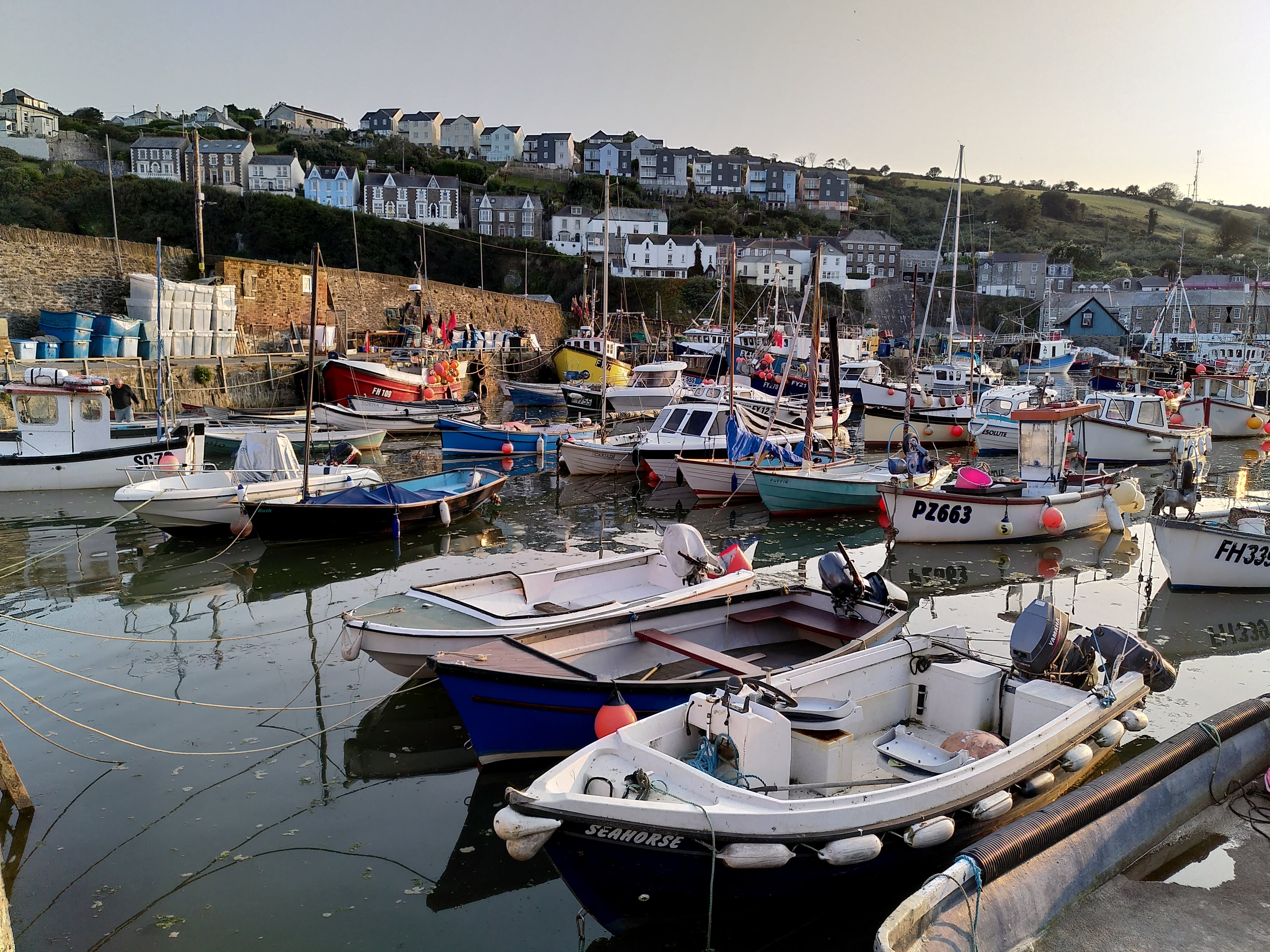
Fishing community harbour. Photo: Gavin Tilstone
Web Alert System
S-3 EUROHAB has produced a web based alert system for a selection of the most important Harmful Algal Bloom Species. Currently the system provides data covering;
- Karenia - responsible for reducing oxygen in the water column
- Phaeocystis - responsible for producing foam
- Pseudo-nitzschia - responsible for Amnesic Shellfish Poisoning
Images in the portal are provided in near real time so data up to a few days ago should be available. For more information on the Web Alert System please see:
A video demonstration of the S-3 EUROHAB Harmful Algal Bloom web alert system is available here:https://youtu.be/dHWlAXrxMjM
Project Information
S-3 EUROHAB Popular Articles:
Fishing News: "EU project monitors Channel algal blooms from space"
Ocean Challenge: Sentinel-3 Monitors Ocean Health
The Marine Biologist: Monitoring Ocean Health from Space
Fish Focus. Eye in the Sky: How satellite data on algal blooms is supporting the marine economy
The Fish Site: Satellites give advance warning of harmful algal blooms
For Science
Harmful Algal Blooms and Eutrophication are a common environmental problem in Europe. Both of these are currently monitored by coastal boat surveys and determination of phytoplankton species and associated toxins in water, fish and shellfish. If toxins exceed specified thresholds, large areas of the coast, shelf and estuaries are closed for harvest. Harmful Algal Blooms and Water Quality cannot be predicted and marine managers can only act on these events after they have happened. Current in situ monitoring under the Water Framework Directive only covers 3% of the total French-English Channel region. The monitoring sites are fixed and there is no current possibility of reactive sampling due to a lack of information. This limits the ability to track the dispersion of blooms from area to area, especially in the shelf waters of the Channel. The impacts of HABs are often worse on the French side of the Channel due to accumulation of phytoplankton caused by the prevailing currents and larger nutrient inputs to the coast from rivers.
The project is developing a cross-border data portal that includes both in situ monitoring data and data from the recently launched Copernicus Sentinel 3 (S-3) satellite available from the EU’s Earth Observation and Monitoring Programme. The data portal will be used to assess the principal drivers, dispersion and transport of key Harmful Algal Bloom species throughout the French-English Channel.
An early warning detection system
The data portal will also be used to develop a web based alert system to provide marine managers and the fish and shellfish industry with more detailed information on the whereabouts and potential dispersion of HABs in the Channel region. This will enable a quicker response time to closing certain areas affected by Harmful Algal Blooms for harvest, whilst allowing other areas to remain open, thus reducing the economic impacts on the industry. Other parameters that are useful for promoting the growth of spats to increase shellfish productivity will also be included in the alert system. A socio-economic survey of the cost of poor water quality and HABs and the benefit of using the web based alert system will be conducted.
S-3 EUROHAB Scientific Publications
Gomez-Castillo, A. P., Panton, A., Purdie, D. A. 2023. Temporal variability of phytoplankton biomass and net community production in a macrotidal temperate estuary. Estuarine, Coastal and Shelf Science, 280, 108182. doi: 10.1016/j.ecss.2022.108182.
Gohin, F., Van der Zande, D., Tilstone, G.H. et al. 2019.Twenty years of satellite and in situ observations of surface chlorophyll-a from the northern Bay of Biscay to the eastern English Channel. Is the water quality improving? Remote Sensing of Environment, 233, 111343.
Group Related Scientific Publications
Project Partners
Introducing...
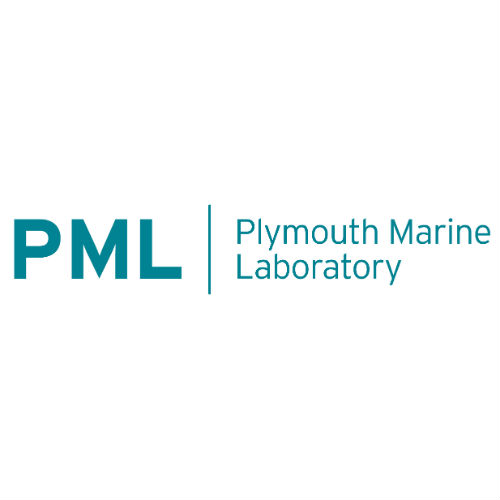 Plymouth Marine Laboratory Primary Contact:
Plymouth Marine Laboratory Primary Contact:- Gavin Tilstone
- Principle Investigator
- +44 1752 633 100
- ghti@pml.ac.uk
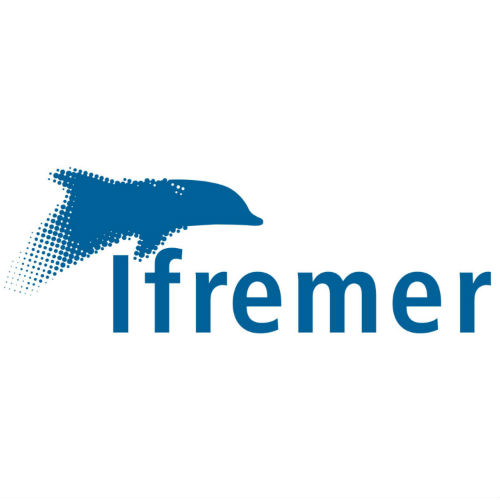 L'Institut Français de Recherche pour l'Exploitation de la Mer Primary Contact:
L'Institut Français de Recherche pour l'Exploitation de la Mer Primary Contact:- Francis Gohin
- Research Investigator
- +33 2 98 22 43 15
- francis.gohin@ifremer.fr
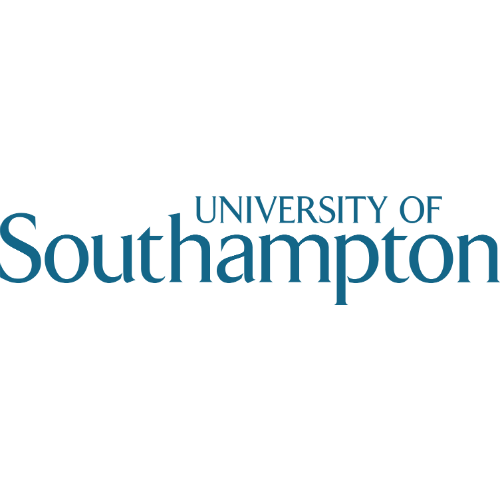 University of Southampton Primary Contact:
University of Southampton Primary Contact:- Dr. Duncan Purdie
- Research Investigator
- +44 23 8059 2263
- duncan.purdie@noc.soton.ac.uk
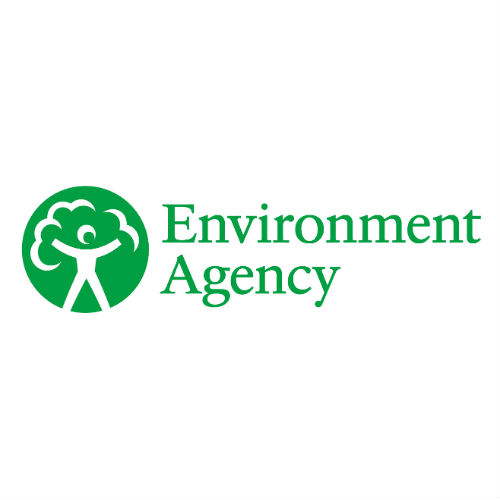 Environment Agency Primary Contact:
Environment Agency Primary Contact:- Dr. Mike Best
- Senior Marine Technical Advisor
- 44 2030 256 117
- mike.best@environment-agency.gov.uk
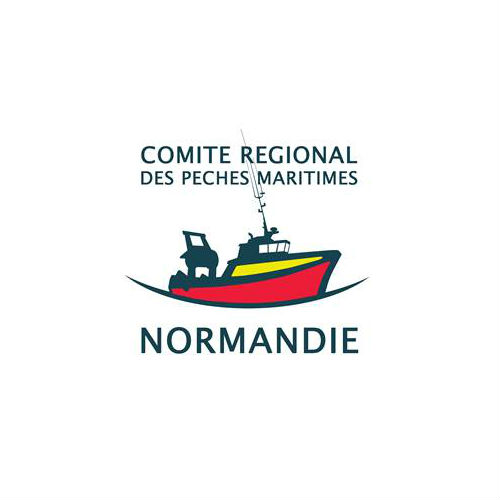 Le Comité Régional des Pêches Maritimes et des Elevages Marins de Basse Normandie Primary Contact:
Le Comité Régional des Pêches Maritimes et des Elevages Marins de Basse Normandie Primary Contact:- Catherine Paul
- Research Investigator
- +33 2 33 43 32 92
- catherine.paul@crpbn.fr
 Université de Bretagne Occidentale Primary Contact:
Université de Bretagne Occidentale Primary Contact:- Pascal Raux
- Research Assistant
- +33 2 90 91 56 30
- pascal.raux@univ-brest.fr
 European Union
European Union
Events
- 21 November 2017 - 22 November 2017S3 EUROHAB Kick-Off MeetingJury's Inn, Plymouth
- 10 May 2018UK Stakeholders' MeetingExeter Racecourse, Devon
- 16 May 2018French Stakeholders' MeetingCaen, France
- 26 March 2021S-3 EUROHAB web alert system demo - Shellfishery organisations 1Online Web Demo
- 23 April 2021S-3 EUROHAB web alert system demo - Research and monitoring organisations 1Online Web Demo
- 28 April 2021Estuarine and Coastal Sciences catchment to coast along SW EnglandOnline Focus Meeting
- 18 May 2021S-3 EUROHAB web alert system demo - Shellfishery organisations 2Online Web Demo
- 02 June 2021S-3 EUROHAB web alert system demo - Shellfishery organisations 3Online Web Demo
- 07 June 2021S-3 EUROHAB web alert system demo - Research and monitoring organisations 2Online Web Demo
- 10 June 2021S-3 EUROHAB web alert system demo - Shellfishery organisations 4Online Web Demo
- 16 June 2021Future Ocean Conference - Science under the surfaceVirtual event
- 14 July 2021Sensors for Water Interest Group Conference, How can sensors protect our oceans?Virtual event
- 07 September 2021 - 11 September 2021CSA 58 - EMECS 13: Estuaries and coastal seas in the Anthropocene – Structure, functions, services and management11 October 2021International Conference on Harmful AlgaeVirtual event14 October 2021CPER MARCO project meetingCCI Hauts-de-France03 November 2021COP26 - Presidency Event: Earth Information Day
Project Partner Meetings
- 09 January 2018Data Portal MeetingOnline via WebEx
- 02 February 2018Progress MeetingOnline via webEx
- 01 March 2018Progress MeetingOnline via webEx
- 16 May 20186 Month Progress MeetingIFREMER Port-en-Bessin, France
- 06 November 2018 - 07 November 201812 Month Progress MeetingUniversity of Southampton, UK
- 03 April 2019 - 04 April 201918 Month Progress MeetingIFREMER, Boulogne, France
- 11 September 2019 - 12 September 201924 Month Progress MeetingEnvironment Agency, Exeter, UK
- 25 March 2020 - 26 March 202030 Month Progress MeetingCRPBN, Normandie, France
- 04 November 202036 Month Progress MeetingZoom meeting
- 26 May 202142 Month Progress MeetingZoom meeting
- 01 November 202148 Month Progress MeetingPML, Plymouth
- 25 May 202254 Month Progress MeetingUBO, Brest
- 21 September 2022Final Project MeetingUBO, Brest, France
- 22 - 23 September 2022
INTERREG S-3 EUROHAB Project Final Symposium: 22nd September 2022
Featuring the launch of a first-of-its-kind application which uses satellite data to monitor harmful algal blooms
The Final Symposium of the Interreg S-3 EUROHAB project (Sentinel-3 satellite products for detecting EUtROphication and Harmful Algal Bloom events in the French-English Channel) will be held on 22nd September 2022 at The Oceanopolis Ocean Discovery Park in Brest, France. Harmful Algal Blooms (HABs) are caused by excessive growth of marine algae which release harmful toxins into the water that can kill fish, shellfish and even humans when they consume contaminated fish. As such, HABs can have extremely damaging effects on the tourism and fishing industries, in particular on businesses such as shellfish farms, often resulting in temporary closures.
In the EU, the annual cost of HABs to these industries is estimated to be in excess of 918 million euros. Poor water quality can also affect coastal regions, which can adversely affect a number of maritime industries. Current methods of tracking HABs are expensive, costing two million euros annually to monitor just 6% of the Channel area.
The S-3 EUROHAB project was established to develop a web-based ‘Harmful Algal Bloom and Water Quality Alert System’ using satellite data to improve the ways in which these issues are monitored. When species of naturally occurring algae multiply and appear in high numbers, often due to a combination of light, temperature and high nutrient levels in the water, they can develop into large blooms that are actually visible from space.
At the Symposium the new state-of-the-art online Harmful Algal Bloom alert system will be showcased. The system includes indicator maps of potential HABs and water quality status. Designed by scientists in collaboration with stakeholders, in particular marine managers and shellfishery end users, the system is a first of its kind in Europe, and will include parameters useful for the fish and shellfish industries to help reduce the associated risks and costs. The Symposium will also summarise results from a channel-wide database that was constructed during the project to illustrate the extent of recent Harmful Algal Blooms, their transport and dispersion, and the environmental conditions that cause them. Results from socio-economic assessment of the impacts of HABs on the shellfisheries will also be presented.
The project invites either in-person or remote attendance for those interested in the monitoring and management of environmental issues that negatively impact (shell)fisheries.
To register for the Interreg S-3 EUROHAB project Final Symposium please visit https://docs.google.com/forms/d/e/1FAIpQLSe1Gehw_6tDuFRHdHwC4Jg1JNenllfhIJdOvfaTM9cXrqvlrw/viewform or contact the Principal Investigator, Dr Gavin Tilstone, on ghti@pml.ac.uk.
Principal Investigator, Dr Gavin Tilstone said: “It is vital that improvements to HAB and water quality monitoring are made to protect sectors such as shellfisheries. Indeed, one Cornwall (UK)-based shellfish farmer stated that extended closures due to HABs and other water quality events can cost the business up to £25k a week.
Using satellite imagery and incorporating this into a user-friendly application, co-created with industry stakeholders, the S-3 EUROHAB project has been a huge success. We’re very much looking forward to the Symposium and the launch of the new system.”
